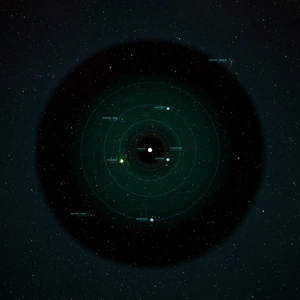
Planetary systems, usually simply referred to as 'systems', are gravitationally bound collections of orbitally organized planets, planetoids and asteroids around a governing star or group of stars. The gravitational stress of the central objects allows the formation of Jump Points between systems, which allow near-instantaneous interstellar travel. Systems contain the most important locations in the galaxy; from homeworlds to military outposts. The vast majority of systems have a large star, black hole, or other massive object around which the other stellar objects orbit.
Travel and Exploration
The only viable inter-system travel means is represented by jump points, which are hyper-stable wormholes that form between two neighboring massive gravity wells, such as those of stars, black holes, etc. However, the stability of jump points can be decreased by the presence of other significant substellar gravity wells, such as those of gas giants (ex: Jupiter, Saturn, etc.) and their satellite systems, which interfere with the space-time fabric. For intra-system travel, a ship would use its quantum drive, which allows for velocities nearing or slightly exceeding 20% of the speed of light and consuming quantum fuel to do so.
Notable systems
United Empire of Earth
- Sol: Homeworld of humanity and capital of the UEE
- Stanton: Location of Crusader and the current Star Citizen Persistent Universe
- Chronos: The site of the in-construction Synthworld, a fully artificial planet
- Oretani: A collapsed jump point cut off this partially terraformed system from the rest of the empire. The fate of its inhabitants is unknown
- Min: A rogue gas giant with small human encampments.
Other sovereign empires
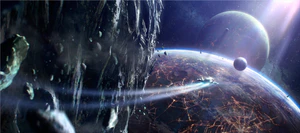
Common Terms
- Astronomical Unit (AU)
- Roughly the distance from Earth to its orbital body, Sol. Used as a measurement for other in-system distance measurements. The actual value, in kilometers, of an AU is subject to change.
- Asteroid Belt
- A ring or cloud of rocky planetoids. Often mined for raw resources or used as a construction platform
- Binary System
- System characterized by a "binary" set of two orbiting stars around which the other objects orbit
- Homeworld
- The premier evolution site of a sapient species. : The birthplanet of a certain individual.
- Jump Point
- Naturally occurring wormhole used for near-instant travel between systems
- Space Station
- Artificial base built as a platform for military, research, or other purposes in space. Often in orbit around planets or built into asteroids
List of Systems
| Page Image | System type | System status | System size | Star type | |
|---|---|---|---|---|---|
 | 78 Leonis system | SINGLE_STAR | |||
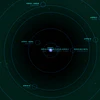 | Ail'ka system | SINGLE_STAR | P | 198.97 AU29,765,488,333.179 km <br /> | B-type main sequence |
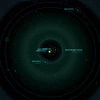 | Bacchus system | BINARY | P | 5.7 AU852,707,862.99 km <br /> | G-type main sequence, K-type main sequence |
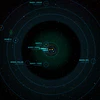 | Baker system | BINARY | P | 7.9 AU1,181,823,178.53 km <br /> | K-type main sequence |
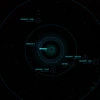 | Banshee system | SINGLE_STAR | P | 55.7 AU8,332,601,397.99 km <br /> | Neutron |
 | Branaugh system | SINGLE_STAR | P | 1.3 AU194,477,231.91 km <br /> | K-type main sequence |
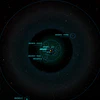 | Bremen system | SINGLE_STAR | P | 6.14 AU918,530,926.098 km <br /> | K-type main sequence |
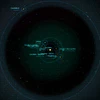 | Caliban system | SINGLE_STAR | M | 5.89 AU881,131,458.423 km <br /> | G-type main sequence |
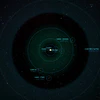 | Cano system | SINGLE_STAR | P | 4.392 AU657,033,848.114 km <br /> | G-type main sequence |
 | Castra system | SINGLE_STAR | P | 22 AU3,291,153,155.4 km <br /> | B-type main sequence |
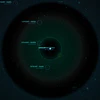 | Cathcart system | SINGLE_STAR | P | 22 AU3,291,153,155.4 km <br /> | A-type main sequence |